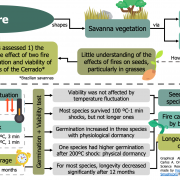
How does fire affect germination of grasses in the Cerrado? ($) (Seed Sci. Research)
Plant Science Research WeeklyFire shapes tropical savannas through direct (i.e., heat and smoke) and indirect (i.e., opening gaps) effects on the vegetation. However, its effects on seeds from neotropical grasses have seldom been addressed. In this paper, Dariel and Fidelis assessed the longevity and the impact of fluctuating temperatures…
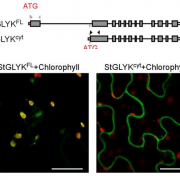
Shedding light on plant immunity: Light-regulated defense against P. infestans (PNAS)
Plant Science Research WeeklyWhile infection by pathogens and the reciprocal immune responses are well studied in plants, the influence of other abiotic factors on these processes is not very clear. In an attempt to understand the role of light on plant defense, Gao and colleagues have shown that the AVRvnt1 effector protein secreted…
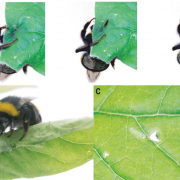
Hungry bumblebees bite plants to accelerate flowering (Science)
Plant Science Research WeeklyBumblebees receive nutrition from flowers in exchange for aiding plant fertilization. This mutualistic relationship relies on timely availability of flowers for the pollinators, but annual variation in flowering time in changing environments can pose a challenge. Pashalidou and Lambert et al. now found…
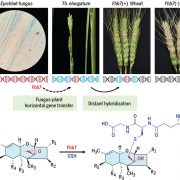
Horizontal gene transfer of Fhb7 from fungus underlies Fusarium head blight resistance in wheat (Science)
Plant Science Research WeeklyMycotoxins are fungal toxins with harmful health effects on humans and other animals. Fusarium head blight is a fungal disease of wheat inflorescences that can contaminate the grain and harm its consumers. Previously, Fhb7 was identified in the wheat relative Thinopyrum elongatum as a quantitative trait…
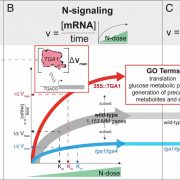
Plant Science Research Weekly: May 29th
WWR Full PostReview: The bHLH network underlying plant shade-avoidance
Shade avoidance is a complex phenomenon in which plants avoid shade by altering their developmental program in various ways including early flowering, hypocotyl elongation, and more. Many photoreceptors and transcription factors (TFs) are involved…
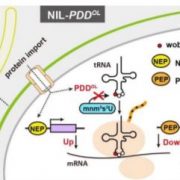
The Butterfly Effect: Natural Variation of a Chloroplast tRNA-Modifying Enzyme Leads to Pleiotropic Developmental Defects in Rice
Research, The Plant Cell, The Plant Cell: In BriefTranslation of RNA information into protein is a fundamental process ensuring the production of functional proteins in cells. Transfer RNA (tRNA) is a vital component of the translation machinery as it delivers the correct amino acids to the elongating peptide chain based on codon-anticodon recognition.…
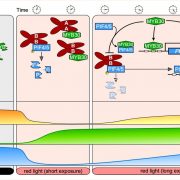
MYB30 Promotes PIF4 and PIF5 Accumulation in the Light
Research, The Plant Cell, The Plant Cell: In a NutshellYan et al. discovered that MYB30, an R2R3-MYB family transcription factor, is a negative regulator of Arabidopsis photomorphogenic development and promotes PIF4 and PIF5 accumulation under prolonged red light irradiation. Plant Cell https://doi.org/10.1105/tpc.19.00645
By Yan Yan and Jigang Li, China…
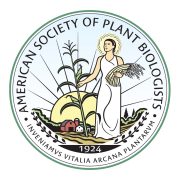
Journey with the ASPP/ASPB
Blog0 Comments
/
Guest Post by By Jane Shen-Miller, University of California, Los Angeles
am grateful to have received the 2018 ASPB Charles-Reid-Barnes Award (CRBA). When President Henry Klee presented me the plaque I wanted to cheer. President Rob Last has now given me that chance.
The first President of the…
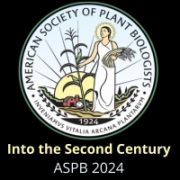
Into the Second Century: ASPB 2024
BlogRob Last's Fourth ASPB President's Letter
This continues the mini tradition of publishing the President’s Letter as part of a collection of essays and other resources related to the topic (https://community.plantae.org/...). Please also have a look at the previous two collections on member security…

